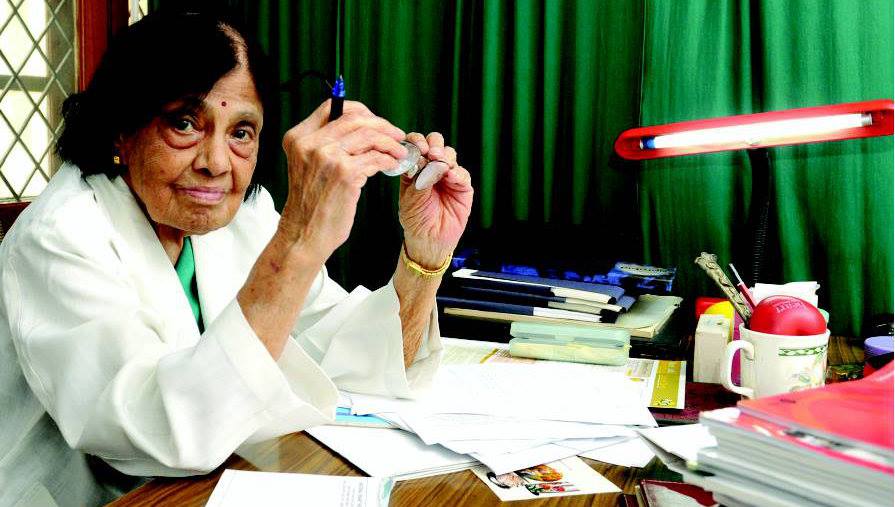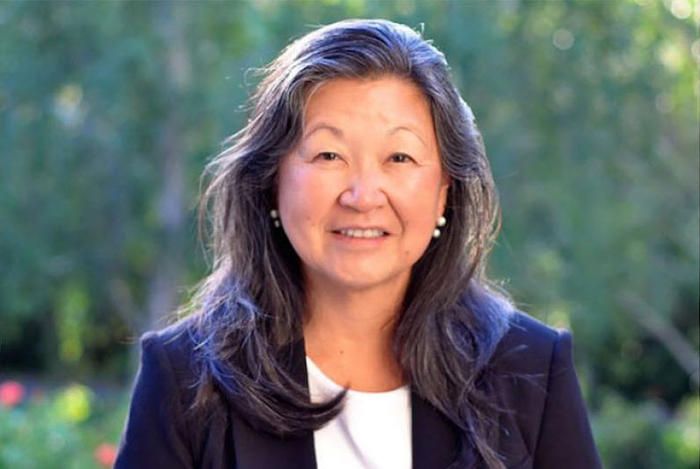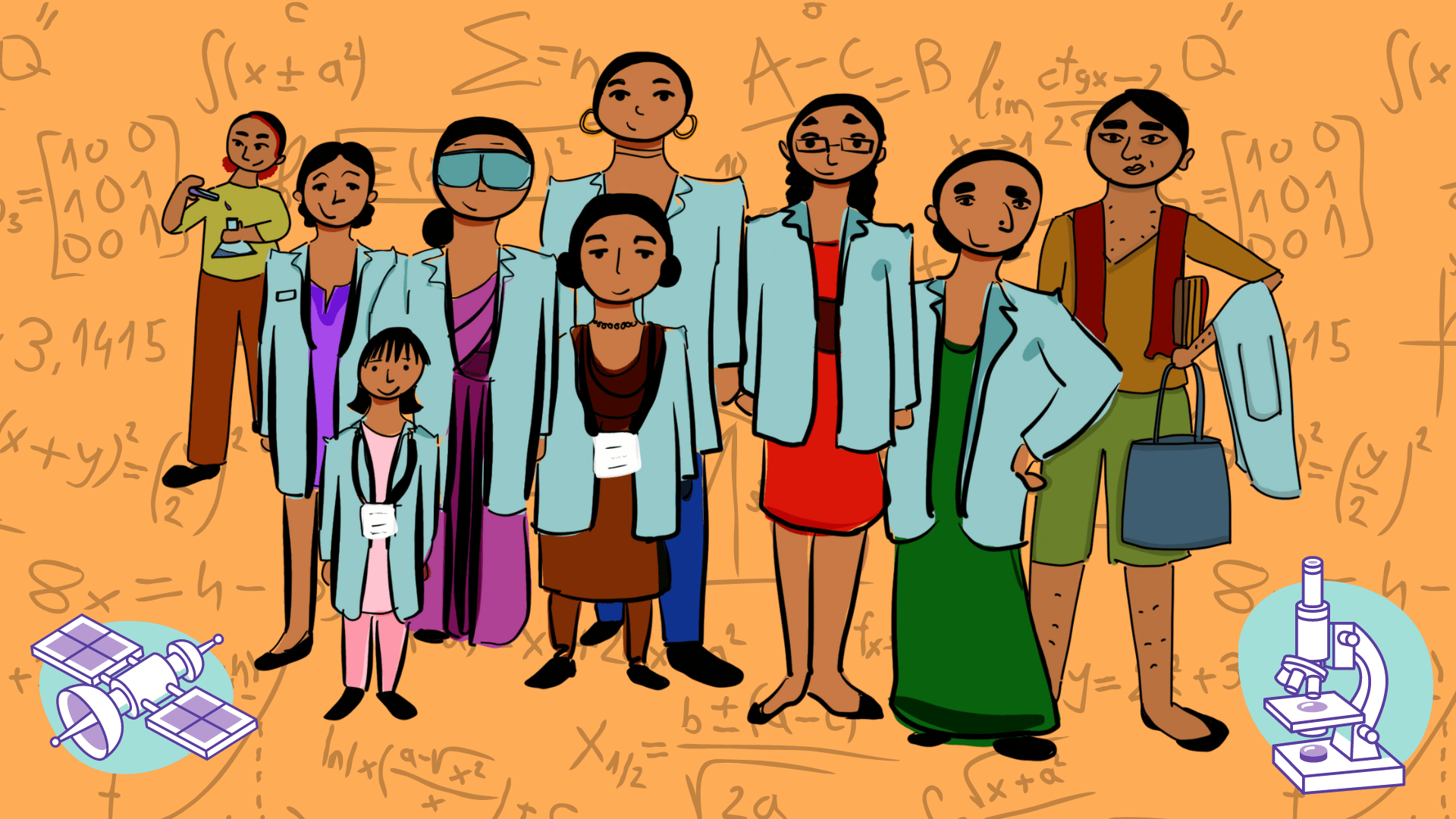Editor’s Note: FII’s #MoodOfTheMonth for August 2022 is Gender and STEM. We invite submissions on the many layers of this theme throughout the month. If you’d like to contribute, kindly refer to our submission guidelines and email your articles to sukanya@feminisminindia.com
The field of medicine and its research is exceptionally important for the present as well as for the times ahead. In the post-pandemic world, medical science has emerged as one of the most vital fields of knowledge and application. However, this field has been dominated by men and had sidelined women and individuals from gender minorities.
Starting from female doctors being interchangeably called nurses because nursing is a gendered profession, to women in medicine and research facing obstacles to reach senior positions, etc., testify how gender doubly jeopardises them in the workplace. This gender disparity is extremely distressing. We must acknowledge and know the contributions and endeavours of women who contribute immensely to the field with their groundbreaking work.
Here are some of the women who have brought great changes in the medical field with their effort, intelligence, and determination.
Dr. S.I. Padmavati
Dr. Padmavati Sivaramakrishna Iyer was also called the ‘Godmother of Cardiology’, and was India’s first and oldest cardiologist. Dr. Padmavati was born in British-ruled Burma, now Myanmar, in 1917. During the second world war, her family migrated to India in the year 1942. After completing her graduation from Rangoon Medical College, she moved abroad to pursue higher studies.
Upon completing her education, research, and experience at eminent institutions in the U.S.A like Johns Hopkins Hospital and Harvard Medical College, she decided to return to India. She joined the faculty of Lady Hardinge Medical College. She served as the director-principal of Delhi’s Maulana Azad Medical College in 1967.

Dr. Padmavati also introduced DM or Doctorate of Medicine courses in Cardiology and later in other specialties. She also put in place north India’s first catheterisation lab. In 1962, the All India Heart Foundation was established by Dr. Padmavati, and later in 1981, she set up the National Heart Institute.
Dr. S.I. Padmavati was awarded the second and third highest civilian awards in the country, the Padma Vibhushan (1992) and the Padma Bhushan (1967), respectively, by the government of India. Dr. Padmavati played a pathbreaking role in the field of medicine in India. Her profound knowledge and zeal singlehandedly transformed the cardiology sector and many of her students at the time are now heads of cardiology in India as well as overseas.
Dr. Padmavati dedicated her life to medicine, and in her own words, “I have seen the world of cardiology grow under my eyes”. In 2020, we lost Dr, Padmavati at the age of 103 to COVID-19. Her condition grew complicated as a result of which she suffered a fatal heart attack on 29th August 2020.

Dr. Ann Tsukamoto
Stem cells are unique and undifferentiated cells. These have the special ability to transform and develop into other forms of cells in the body. Degenerated cells of the body are replaced by stem cells. Stem cells have been studied for a long time as researchers believe they have immense potential of curing fatal diseases. Currently, the only type of stem cells used in medicine is to treat blood cancers like leukaemia.
Dr. Ann Tsukamoto is a breakthrough American researcher and inventor in the field of stem cells. Dr. Ann received her undergraduate degree from the University Of California, San Diego, and then went to the University Of California, Los Angeles where she earned her Ph.D. in immunology and microbiology.
During her research days, in the early 1990s, Dr. Ann, along with her colleagues discovered human blood stem cells otherwise known as hematopoietic stem cells. These stem cells are immature, meaning that they are still developing. These blood stem cells can transform into all types of blood cells namely white blood cells, red blood cells, and platelets.
Also read: The Matilda Effect: When Women In STEM Are Sidelined Due To Gender Bias

Dr. Ann and her colleagues also patented the process to isolate these stem cells. The isolation process of blood stem cells is extremely beneficial to cancer studies as it helps in replacing cells damaged as a consequence of cancer. Her work holds a critical place in getting a good understanding of the blood system of cancer patients.
The future of stem cells is very valuable as it is not only prospective to save lives in the coming times but would also allow scientists to better understand the human body and its functioning, and Dr. Ann Tsukamoto has pioneered great advancements in the field.
Dr. Ketayun Ardeshir Dinshaw
Born in Kolkata on 16th November 1943, Dr. Ketayun Dinshaw pursued medicine at Christian Medical College, Vellore, Tamil Nadu, and later specialised in Radiotherapy and Oncology at Cambridge University, in the U.K. After returning to India, she started working at the Tata Memorial Hospital. She worked there for 35 years and serves as its director for 13 years.
Dr. K.A. Dinshaw was awarded the Padma Shree in 2001 by the government of India for her contribution to the field of medicine and science. Her efforts and enthusiasm transformed the radiation oncology sector in India. Dr. Dinshaw worked hard to augment the Tata Memorial Hospital. She made efforts to bring new and advanced technology to make cancer treatment and research finer in India.
Women who have made a mark in the medical field have done it after a lot of persistent efforts, bypassing gender bias and glass ceilings. The long-held prejudices and discriminatory attitudes that women have to face in the field to this day have caused women to go uncredited and underpaid. Though things have gotten better than they were, there is still a long way to go for us to achieve parity
The telecobalt machine, a revolutionary approach in radiotherapy, was positioned in about 20 oncology centers across the country and was also donated to some of the developing countries. This was headed by a team of which Dr. Dinshaw was a part.
She was not only disciplined and meticulous but cared for all. She was especially sensitive towards women and children. A separate MD degree in radiation oncology was also the effort made by Dr. Dinshaw as it was initially radiology and radiotherapy jointly. She also did international collaborations with well-known organisations like World Health Organisation, the International Atomic Energy Agency, Union For International Control, etc.
“But for some reason, there was a little bit of a clawing nagging doubt in my mind, and I suppose it was a question of having to claw your way up to the top in those days, as a woman doing surgery,” says Dr. Dinshaw when asked in an interview about how she got into radiation oncology. In 2011, Dr. Dinshaw passed away at the age of 67 due to cancer. She bravely fought her battle with cancer both personally and professionally. Her loss was grieved by friends, family, and by medical professionals all across the country, and she has left a lasting impact on cancer research.

Women who have made a mark in the medical field have done it after a lot of persistent efforts, bypassing gender bias and glass ceilings. The long-held prejudices and discriminatory attitudes that women have to face in the field to this day have caused women to go uncredited and underpaid. Though things have gotten better than they were, there is still a long way to go for us to achieve parity.
Also read: Women In STEM: Digital Technology Can Aid In Reducing Gender Gap
Featured Illustration: Ritika Banerjee for Feminism In India
About the author(s)
Tuba is currently pursuing an Undergraduate Degree in political science, at the Delhi University. She likes reading about current affairs and also loves cats, movies, k-dramas, chai, and staying in. At other times, you would probably find her taking pictures of the sky, if not listening to music




